Yonex Astrox 88S – Background
The Yonex Astrox range was launched in 2017 and is supposed to be the successor to the hugely popular Voltric range. This means these rackets should, by definition, be head heavy. In 2018, follows the Astrox 88, the current top of the range racket, available in two models, namely Astrox 88D and Astrox 88S.
The letters are abbreviated from the full names “Dominate” and “Skill.” The skill model is supposed to be a lighter headed version but not a light racket in weight terms. Without discussing the technology, the S model supposedly holds the shuttle longer due to a slightly different flex point. Both models incorporate Yonex latest NAMD technology, but this is currently only incorporated in the shaft of the frame.
On to my review
The Yonex Astrox 88S badminton racket is a good looking racket featuring a half black, half green colourway on the head with yellow decals, moving into a black shaft, then red moving onto the ferrule. The shiny finish and colours look good.
My review sample is a 4U (80-84g) with a grip size G4, not my favourite size, but most common amongst Yonex rackets in Europe. The standard full length cover in black, with silver decals is included. The frame required stringing and I selected a .066 gauge string for the review at my preferred tension for reviews of 25lbs.
It’s hitting time
Fortunately, I have had the opportunity to test Astrox 88S alongside the D version and an old favourite, Voltric 80. 88S is the lightest in terms of head weight, so expect a faster swing on what is already a fast swinging frame.
Overhead performance
As I have already said, Astrox 88S is a fast frame for a supposed head heavy badminton racket. The shift in weight provides a more even balance feel which, in some respects has closer ties to Arcsaber 11 than say Voltric Z Force II. The head moves well, especially for a frame that isn’t exactly built with aerodynamic attributes. Yonex frames tend to be a bit “boxy” and I don’t mean this in a derogatory way, but to point out that they are rarely designed for super speed.
The lack of head weight in Yonex Astrox 88S means the racket will initially swing faster. Bear in mind this is usually short lived, so if you need some head weight for overhead prowess, then this will not be the racket for you. That said, the racket swings well and I enjoyed hitting a range of clears, although I needed to put a bit more effort behind the shots.
The slightly lighter head allowed me to hit a range of drop shots and I especially enjoyed clipping the shuttle as an alternative to the standard variety I play. I wasn’t really feeling the additional hold that 88S is supposed to provide which would have been nice when hitting check smashes. Perhaps this is more applicable around the net area from watching the video with Lee Yong Dae testing. Let’s wait and see.
The smash was good although not as powerful as Astrox 88D or Voltric 80. That said, there are some players who will generate more power with this racket compared to 88D so this is very much dependent of the attributes of the user.
As we moved into mid-court hitting, this racket became hard to beat. OK, it’s not as quick as other rackets I can name, but it was faster than 88D. There’s a feeling that you could hit hard and fast all day without fatigue setting in. There’s a great feeling of control whether playing above the net with flat drives, or below the net pushing the shuttle into space. The shuttle responds quickly, but fast, accurate hands are required to get the most from this racket in situations like this.
Defence
Whilst 88S is again slightly quicker in defence, there’s a lighter feel on the stringbed. The feel is still solid but lacking that extra weight behind the shot. This may mean there’s more feel in the softer returns for a playmaker, and the hands will move faster for drive and lift returns.
I question whether 3U model will add anything to this racket in defence as it really does perform well, albeit different to Astrox 88D
Net area
I can’t fault the Astrox 88S in manoeuvrability around the net. The touch is there, and the lighter head provides a bit more edge when going for shots. I’m not sure whether this is purely a confidence issue or the fact that I tested against two other frames and 88S was a clear winner in this area of court.
Of course, the racket moves well to intercept and the sharp hits were really sharp, but not quite as crisp as other frames have delivered. I still didn’t feel the hold aspect of this frame, but it’s certainly a strong performer around the net.
Yonex Astrox 88S Summary

When I tested both Astrox rackets the first time, I didn’t like them and was dreading writing the reviews. The voices of Yonex fans calling me biased were ringing in my ears, but I really struggled to get a feel for either of the 88’s. But, this is why I test over a number of weeks and in different situations. Whilst first impressions count, what is important is how I feel about a racket by the time I’m ready to type.
Yonex has launched two Astrox 88’s which are very different. I suspect the 88D will become the better seller, which reminds me a little of the old Armortec 900. The heavier headed “Power” version sold better, but there was something about the “Technique” which was magical. I suspect this will be the case with Astrox 88. Some players will dislike 88S and favour 88D, but there will be a group that get what 88S is about and love it.
After all is said, Astrox 88S is a very good racket. For me it’s a playmakers racket, somebody who likes to find spaces, controls the shuttle well and can hit reasonably hard without the need for additional head weight in a frame. This is probably why Korean player Lee Yong Dae favoured 88S over D. If it’s good enough for a former world number 1 player, then it’s should be good enough for you if your style of play demands more versatility from a racket.
RRP on Astrox 88S is £185 but retailers are already discounting to around £165 which is still a lot of money for a racket. The highest recommended tension is 28lbs which is still a shade low for a racket of this calibre. This is a professional players racket and I would gave expected to be registering a 30lbs recommended tension.
Like 88D, I had a lot of fun testing Yonex Astrox 88S. Whilst I preferred the D, I fully understand that 88S plays a supporting role in racket sales and will find its market. My thanks to ClubRackets.com in Sheffield for the loan of the racket.
This leaves me with the task of providing a rating on 88S which became a lot harder than first envisioned. Finally, after weighing up the pros and cons of this racket, I am awarding it a five star rating.


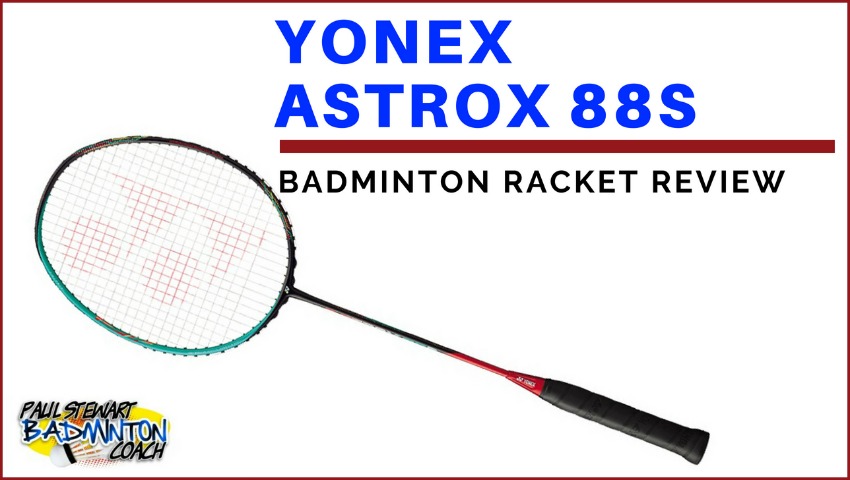

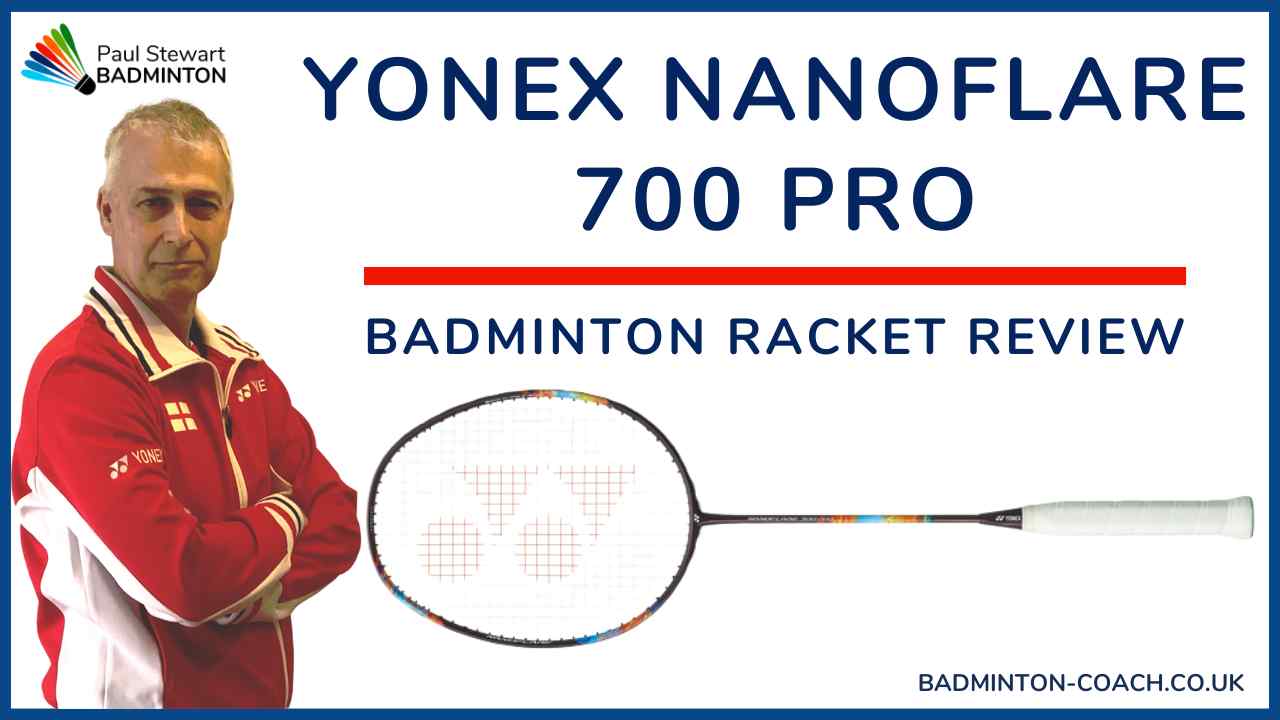
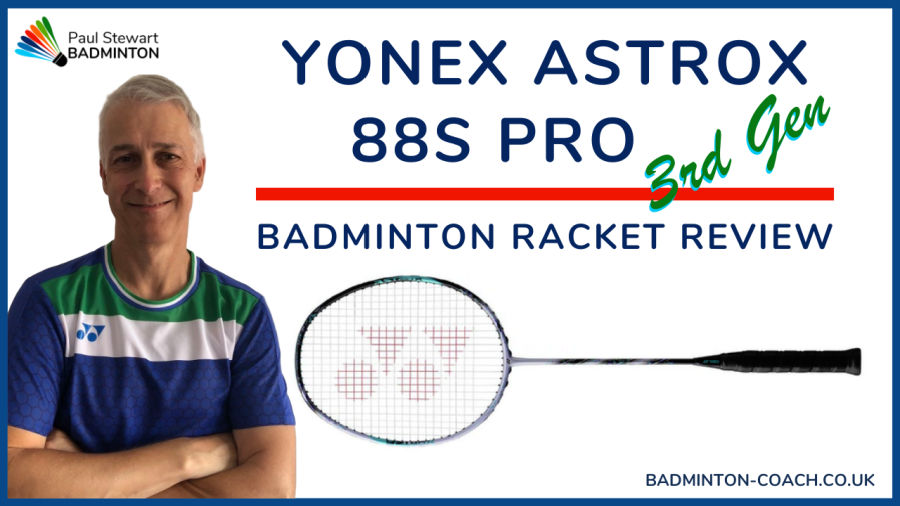


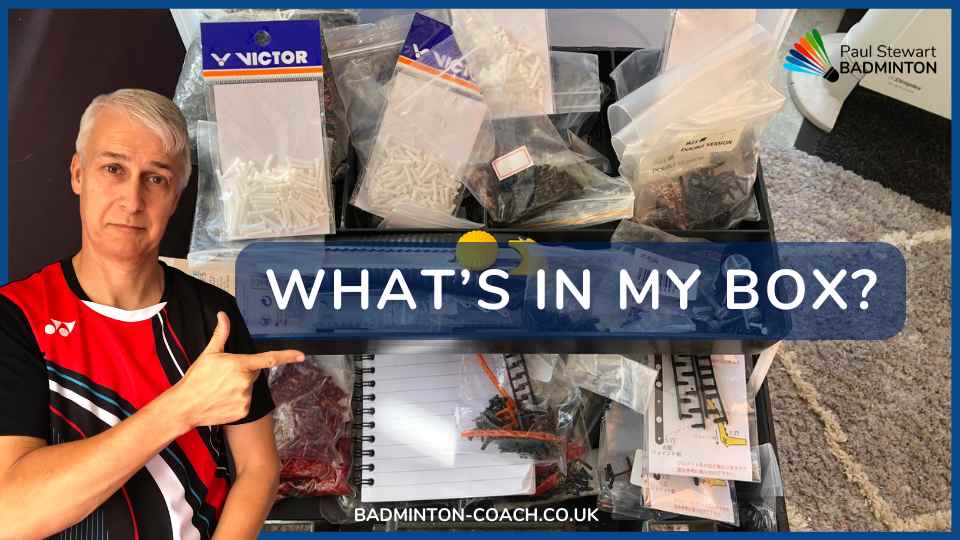

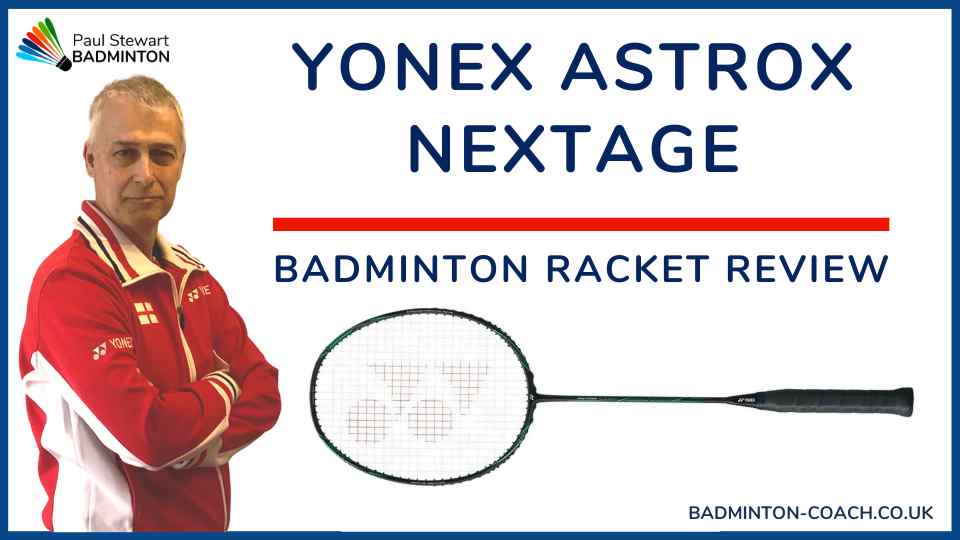

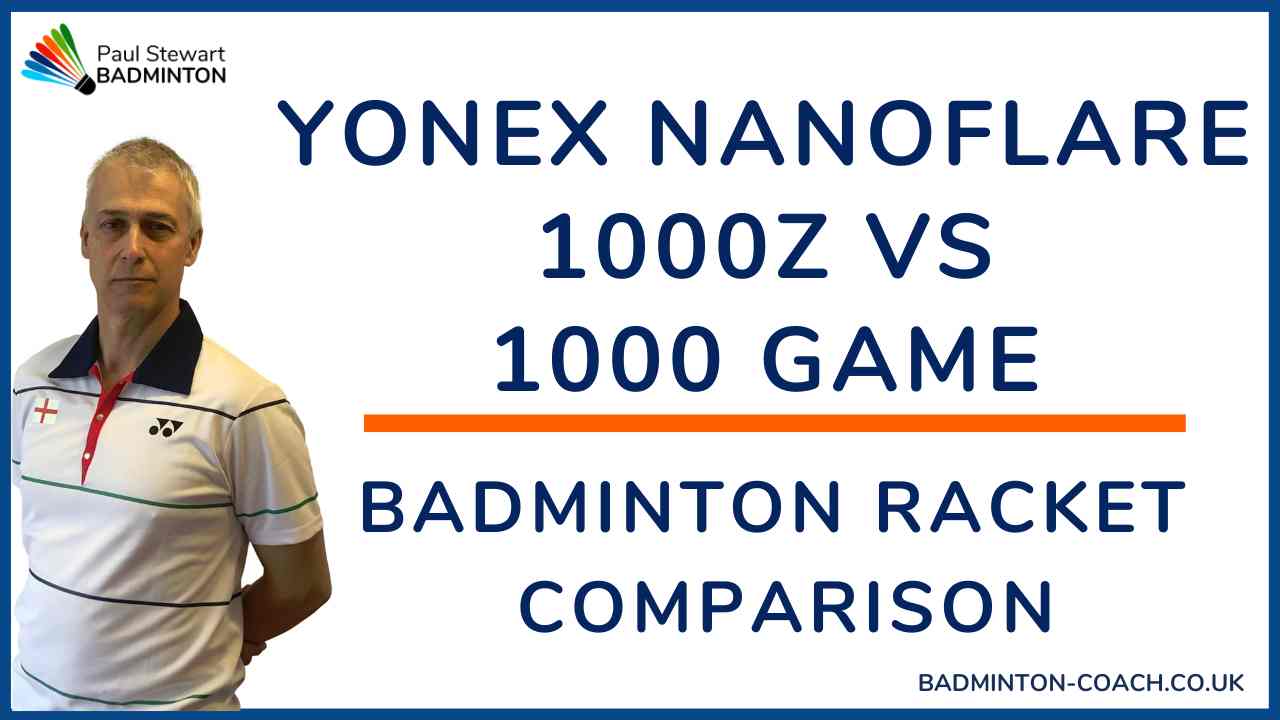
The Yonex Astrox 88S badminton racket is a good looking racket.
192.168.0.1
yes it is and plays great too.
Hey Paul!
It’s me again ?
My friend just recently received his A88S 4u, and olanning to string it at 30lbs. Can the racket handle and perform with a tension of 30×32? What arr your thoughts and recommendations?
Best Regards
yes it can but you need to consider stringing in accordance with a racket manufacturer’s recommendation otherwise you will invalidate the warranty.
Hi Paul,
Great review. I’ve been following all of your reviews for quite some time as they’ve helped me make decisions on buying rackets. I currently use a JS10 4u and a BS12 3u. I thought the BS12 would be too heavy for me, but it’s such a breeze to use. The only thing I find is that it lacks a little bit of punch on my smashes. I swing quite hard and have a pretty decent smash. I also use the JS104u, but it can sometimes feel a bit stiff. The power on it is quite good. But I wanted your opinion on how the 88S compares to the JS104u and the BS12 3u.
Cheers,
Justin
88S feels much heavier and slow compared to JS10 or BS12. It may be worth waiting for the new Auraspeed rackets. I have seen two of them and I am very impressed.